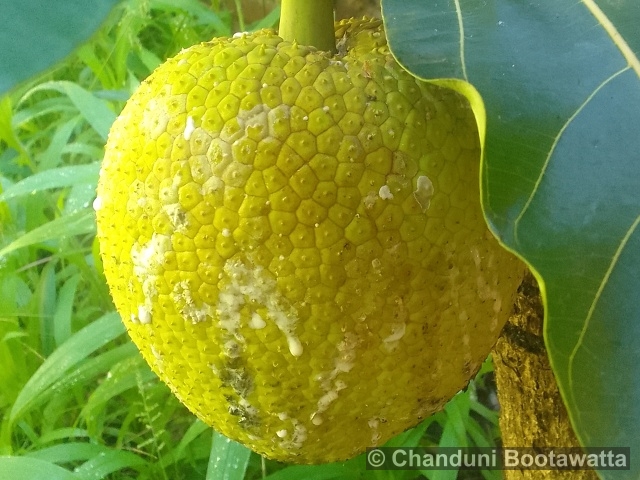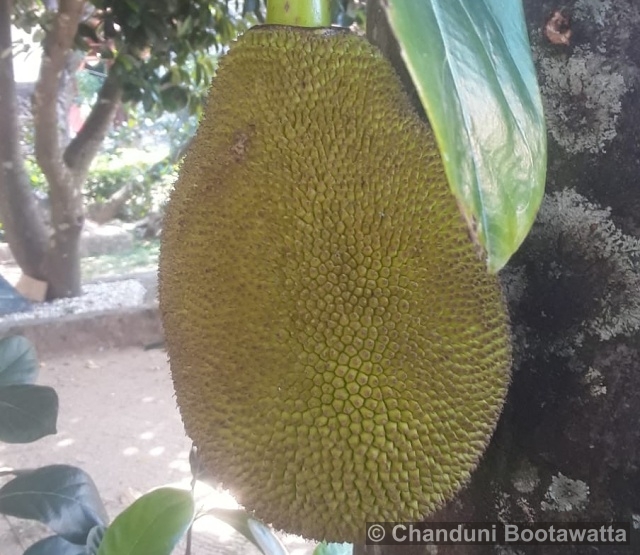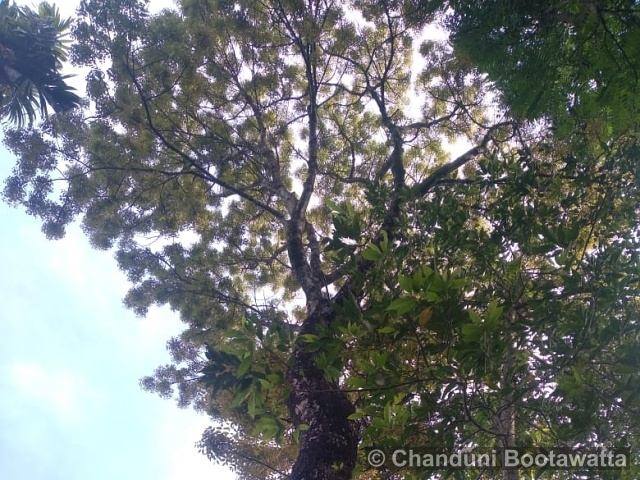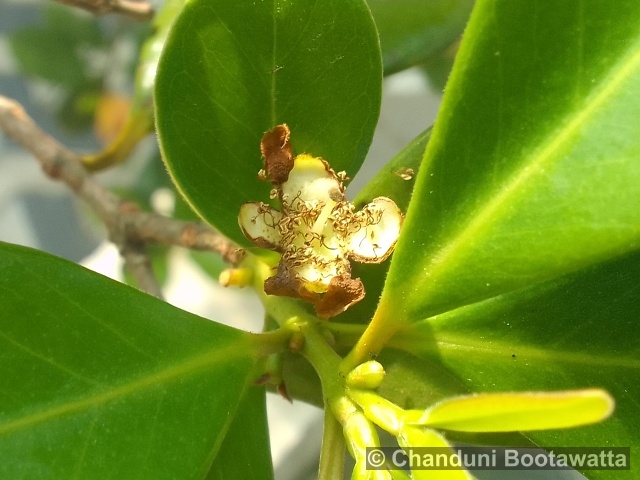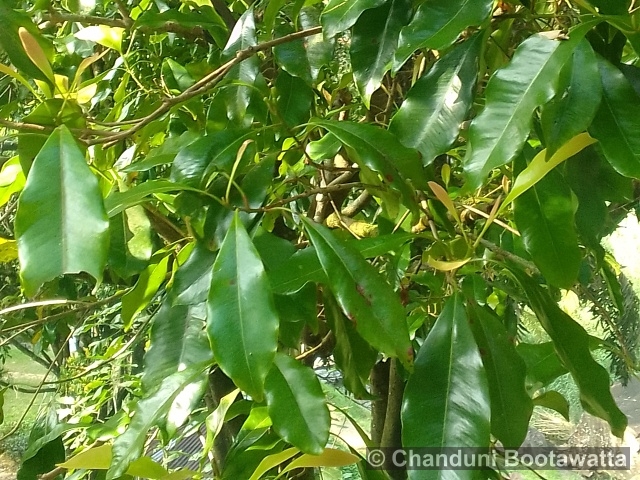Tento příspěvek byl přečten85krát!
madhūka, madkam, mahuwa, Butter Tree, mahua, mahwa, mohulo, Iluppai, Mee or vippa chettu
Family: Sapotaceae

Description: The Mee tree is a medium-to-large deciduous forest tree typically with a short trunk and a large, rounded crown, reaching heights of 10 to 15 meters. These trees are common in dry mixed deciduous forests. Leaves are 10 to 30 cm long, lanceolate,glabrous, and narrowed at both ends .The flowers are petite, succulent, and have a pale white colour. They are not only nourishing and delightful but also abundant in sugars, allowing for indefinite storage. When ripe, the fruits exhibit an ovoid shape and measure 2-6 cm in length. They are fleshy in texture and have a greenish-yellow colouration . The tree blooms during the months of March to April, and its fruits ripen in May and June. They are fleshy and greenish in color, and contain 1–4 dark brown color seeds per fruit, which are rich sources of edible fat.
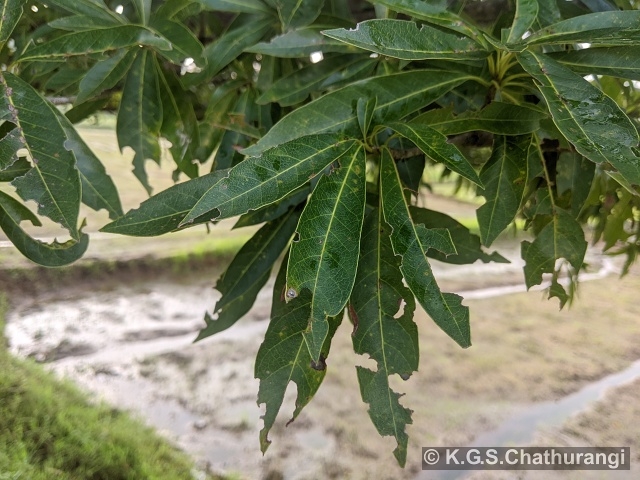
Ecology: Grows in tropical mixed deciduous forests.

General distribution: The Mee (Madhuca longifolia) tree, also known as the buttercup tree or butternut tree, is a forest tree widely distributed throughout the sub-tropical regions of the Indian subcontinent. In Sri Lanka, it is called „Mee“ in Sinhala and „Illuppu“ in Tamil.
Economic Value: Madhuca latifolia serves as a multipurpose tree which provides an answer for three major Fs. Ex-Fodder, Fuel, and Food. Furthermore, Mee (Madhuca latifolia) contains high amounts of phytochemicals and oils which can be used to develop nutritional and pharmaceutical products. Madhuca latifolia has a good potential for food and non-food applications. M. longifolia seeds are a novel commercial source of edible fat. Their fat is like a cocoa-like butter. Semi-solid Mee fat is used in cooking, adulteration of ghee, and manufacturing chocolate. Mee seed fat could be incorporated in a number of dairy products such as cheese, ice cream, and whipping cream. Mee oil was extracted from dried kernel powder of Mee seeds.
Phytochemical studies highlight Mee as a rich source of sugar, vitamins, protein, glycosides, alkaloids, tannins, flavonoids, steroids, terpenoids, saponins, and phenolic compounds.Thereby, it shows various pharmacological properties such as anti-inflammatory, antioxidant, analgesic, anti-hyperglycemic, hepatoprotective, anticancer, antiulcer, antitumor, neuro-pharmacological, and dermatological activities Apart from its economic value as timber, Every part of the plant, from leaves to seeds, bears benefits for industrial and medicinal sectors. The Mee tree’s diverse uses contribute significantly to the livelihoods of people in many parts of Sri Lanka particularly in rural areas, where its products are used for sustenance, income generation, and traditional practices.

Historical and social value: The Mee tree was protected by our ancestors at all costs. During the king’s period, cutting down a Mee tree resulted in a death penalty. Our forebears maintained a close bond with the environment, naming villages after the presence of the Mee tree, such as Meegasthanna and Meegaskiula. It is said that ancient people were inclined to cultivate Mee trees in the vicinity of paddy fields and other plantations. The Bats often roam around paddy fields. The Frugivorous bat species like Pteropus giganteus and Cynopterus sphinx feed on M. longifolia seeds, enriching the soil through their droppings with nitrogen and nutrients conducive to plant growth.

Author of text: Devindi Budhawaththa.
Author of photos: K.G.S.Chathurangi.



 Poslat emailem
Poslat emailem